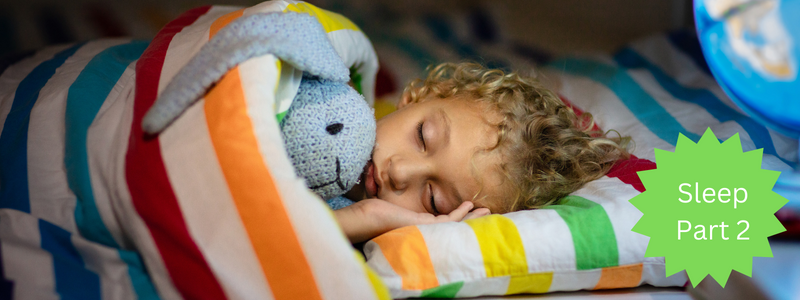A summary: Sleep research and Sensory Processing Disorder & Autism. 2022-11-30

Where to begin with improving our sleep? There are so many factors.
How we view the topic impacts the answers we get (see last week’s article). What if there are additional influences, like if someone is neuroatypical?
That’s when a research review is the answer. A review summarizes the combined information of many studies which meet specific criteria such as what was being tracked and who was being tracked. The clearer the variables, the clearer the results.
A review is a good idea but it doesn’t always produce answers.
Quote:
Truth is ever to be found in simplicity, and not in the multiplicity and confusion of things.
~Isaac Newton
Action Ideas (ideas to get ya thinkin'. Definitely not medical advice)
When I found ‘Sleep, Sensory Integration/Processing, and Autism: A Scoping Review’ I thought I struck gold. And I did. Sort of.
The research stated what we all know or could conclude if we thought about it: The relationship between sleep and Sensory Processing Disorder and/or autism is complex and multifaceted.
Not exactly a magic answer.
So where does that leave us?
I have some suggestions:
1.The Reframe: Sadly, almost everything can have a negative impact on sleep. Happily, that also means we can flip to ‘almost everything can have a positive impact on sleep.’ Whatever you decide to do will probably be useful.
2.The Big One: While having to consider everything can be overwhelming, start with what is easiest to do. Pick. One. Thing.
Then do it. Every. Single. Time.
Predictability isn’t only beneficial for those classified as SPD/autistic. When it comes to sleep, our body loves predictability.
3.The Impactful One: If you aren’t sure where to begin, chose waking up at the same time – seven days/week (there’s that predictability which was previously mentioned). Waking up at the same time will help with falling asleep at the same time, if napping is controlled.
4.The Bonus: Get bright ambient light into your eyes 30-60 minutes after waking to set your circadian clock. Your circadian clock is what sets your daytime and nighttime.
Sunlight is the best light to do that, but never look into the sun. The surrounding light is strong enough.
Indoor light is a poor substitute but better than nothing. Same goes for sitting by a sunlit window.
The research stated what we all know or could conclude if we thought about it: The relationship between sleep and Sensory Processing Disorder and/or autism is complex and multifaceted.
Not exactly a magic answer.
So where does that leave us?
I have some suggestions:
1.The Reframe: Sadly, almost everything can have a negative impact on sleep. Happily, that also means we can flip to ‘almost everything can have a positive impact on sleep.’ Whatever you decide to do will probably be useful.
2.The Big One: While having to consider everything can be overwhelming, start with what is easiest to do. Pick. One. Thing.
Then do it. Every. Single. Time.
Predictability isn’t only beneficial for those classified as SPD/autistic. When it comes to sleep, our body loves predictability.
3.The Impactful One: If you aren’t sure where to begin, chose waking up at the same time – seven days/week (there’s that predictability which was previously mentioned). Waking up at the same time will help with falling asleep at the same time, if napping is controlled.
4.The Bonus: Get bright ambient light into your eyes 30-60 minutes after waking to set your circadian clock. Your circadian clock is what sets your daytime and nighttime.
Sunlight is the best light to do that, but never look into the sun. The surrounding light is strong enough.
Indoor light is a poor substitute but better than nothing. Same goes for sitting by a sunlit window.
- Some brighter light is better than none. The weaker the light, the longer it will take to reset the circadian rhythm.
- The more off someone’s circadian rhythm is, the longer it will take to sync it so the body has a sense of day and night.
- If the circadian rhythm is off, any deviation (i.e. NOT being predictable) can quickly return the circadian rhythm to its old, well-grooved default.
Providing calmness & comfort, learning & laughter,

Leave a comment